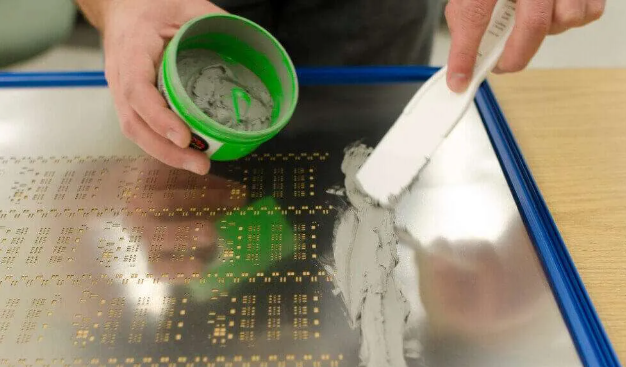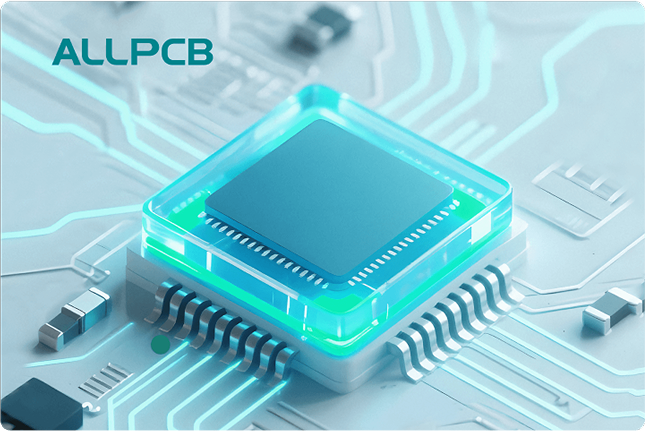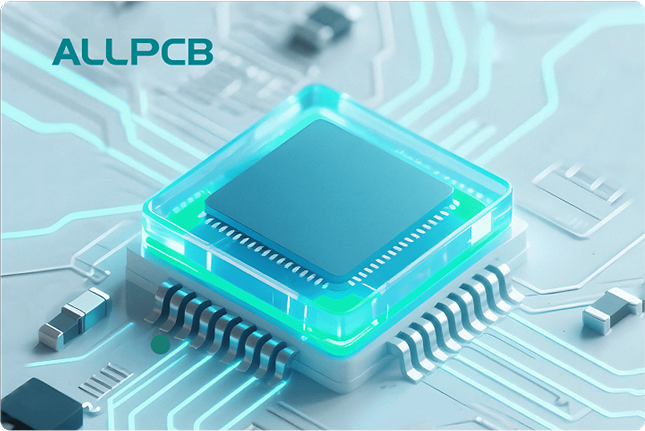When it comes to Surface Mount Technology (SMT) assembly, the choice of stencil material plays a critical role in achieving optimal solder paste transfer efficiency. Two of the most common materials used for SMT stencils are stainless steel and nickel. But which one performs better in terms of solder paste release and overall efficiency? In this comprehensive guide, we’ll dive into an SMT stencil materials comparison, exploring stainless steel stencil performance, nickel stencil solder paste release, the impact of stencil surface roughness, and the results of solder paste transfer efficiency testing. Whether you're an engineer or a manufacturer, this post will help you make an informed decision for your PCB assembly process.
Why Stencil Material Matters in SMT Assembly
In SMT assembly, the stencil is a thin sheet of metal with precisely cut apertures that allow solder paste to be deposited onto a printed circuit board (PCB). The material of the stencil directly affects how well the solder paste transfers through these apertures and onto the PCB pads. Poor transfer efficiency can lead to defects like insufficient solder, bridging, or inconsistent deposits, which can compromise the quality of the final assembly. With up to 70% of assembly defects linked to the solder paste printing process, choosing the right stencil material is a decision that can’t be overlooked.
Stainless steel and nickel are two leading materials for SMT stencils, each with unique properties that influence performance. Let’s break down their characteristics and how they impact solder paste transfer efficiency.

Stainless Steel Stencils: Durability and Performance
Stainless steel is the most widely used material for SMT stencils due to its durability, cost-effectiveness, and reliable performance. Let’s explore the key aspects of stainless steel stencil performance and how it affects solder paste transfer.
Key Characteristics of Stainless Steel Stencils
- Durability: Stainless steel stencils are highly resistant to wear and tear, making them suitable for high-volume production runs. They can withstand repeated use without deforming or losing precision.
- Cost-Effectiveness: Compared to other materials, stainless steel is more affordable, offering a good balance between performance and cost.
- Surface Roughness: The stencil surface roughness of stainless steel can be a drawback. Its relatively rougher surface can cause solder paste to adhere to the aperture walls, especially in fine-pitch applications where apertures are smaller.
Impact on Solder Paste Transfer Efficiency
In solder paste transfer efficiency testing, stainless steel stencils generally perform well for standard applications with larger apertures. However, as the area ratio (the ratio of the aperture opening to the wall area) decreases below 0.66, the solder paste release can become inconsistent. This is largely due to the surface roughness, which can trap paste and prevent a clean release onto the PCB. Studies have shown that stainless steel stencils achieve a transfer efficiency of around 80-85% for area ratios above 0.66, but this can drop to 60-70% for finer pitches.
To improve performance, manufacturers often apply surface treatments or polishing to reduce roughness. Electropolishing, for instance, can smooth the aperture walls, enhancing paste release by up to 10-15% in some cases.

Nickel Stencils: Superior Solder Paste Release
Nickel stencils, often created through an electroforming process, are known for their smooth surfaces and excellent nickel stencil solder paste release properties. Let’s take a closer look at why nickel is gaining popularity in SMT applications.
Key Characteristics of Nickel Stencils
- Smooth Surface: Nickel stencils have significantly lower stencil surface roughness compared to stainless steel. This smoothness reduces the adhesion of solder paste to the aperture walls, leading to better release.
- Precision: The electroforming process allows for extremely precise aperture shapes, which is ideal for ultra-fine-pitch components and miniaturized designs.
- Cost: Nickel stencils are generally more expensive than stainless steel due to the manufacturing process, which can be a limiting factor for some projects.
Impact on Solder Paste Transfer Efficiency
In solder paste transfer efficiency testing, nickel stencils consistently outperform stainless steel, especially in applications with low area ratios. Their smoother surface allows for a transfer efficiency of 85-95% even at area ratios as low as 0.5. This makes nickel stencils a preferred choice for modern electronics with tiny components, where precision and consistency are critical. The improved release properties also reduce the need for frequent cleaning, saving time in high-volume production.
However, nickel stencils are less durable than stainless steel and may not hold up as well under heavy use. They are more prone to damage if mishandled, which can affect long-term performance.

Comparing Stainless Steel and Nickel: A Head-to-Head Analysis
Now that we’ve explored the individual characteristics of stainless steel and nickel stencils, let’s dive into a direct SMT stencil materials comparison across key performance factors.
1. Solder Paste Transfer Efficiency
As highlighted in various solder paste transfer efficiency testing studies, nickel stencils offer superior performance, especially for fine-pitch applications. Their smoother surface results in a higher percentage of paste release—often exceeding 90% compared to stainless steel’s 80-85% under similar conditions. For designs with area ratios below 0.66, nickel can make a significant difference in reducing defects.
2. Surface Roughness
The stencil surface roughness is a defining factor in paste release. Stainless steel typically has a rougher surface, with a roughness average (Ra) of around 0.3-0.5 micrometers, even after polishing. In contrast, nickel stencils can achieve an Ra as low as 0.1 micrometers, minimizing paste adhesion and ensuring a cleaner transfer.
3. Durability and Cost
Stainless steel wins in terms of durability and cost. It can endure thousands of print cycles without significant wear, making it ideal for high-volume production. Nickel, while offering better precision, is more expensive and less robust, often requiring careful handling to avoid damage.
4. Application Suitability
For standard PCB designs with larger components, stainless steel stencils are often sufficient and more cost-effective. However, for advanced applications involving ultra-fine-pitch components (e.g., 01005 chips or 0.4mm pitch BGAs), nickel stencils provide the precision and paste release needed to maintain quality.
Factors Beyond Material: What Else Affects Solder Paste Transfer?
While stencil material is a major factor in solder paste transfer efficiency, other elements also play a role. Understanding these can help optimize your SMT process, regardless of whether you choose stainless steel or nickel.
Stencil Thickness and Aperture Design
The thickness of the stencil and the design of the apertures directly impact paste release. Thinner stencils (e.g., 0.1mm) are better for fine-pitch components, while thicker stencils (e.g., 0.15mm) are suited for larger components requiring more paste volume. The area ratio should ideally be above 0.66 to ensure consistent release, though nickel stencils can handle lower ratios more effectively.
Solder Paste Type
The composition of the solder paste, including particle size and viscosity, affects how well it releases from the stencil. Type 4 or Type 5 pastes, with smaller particles, are often used for fine-pitch applications and pair well with nickel stencils for optimal results.
Printing Parameters
Printing speed, squeegee pressure, and separation speed can influence transfer efficiency. For instance, a slower separation speed can improve paste release by allowing more time for the paste to detach from the stencil walls. Adjusting these parameters based on the stencil material can minimize defects.
How to Choose the Right Stencil Material for Your Project
Selecting between stainless steel and nickel stencils depends on your specific needs and budget. Here are some practical tips to guide your decision:
- Budget Constraints: If cost is a primary concern and your design doesn’t involve ultra-fine-pitch components, stainless steel is a reliable and affordable option.
- Fine-Pitch Requirements: For designs with small components or low area ratios, invest in nickel stencils to ensure better nickel stencil solder paste release and reduce defects.
- Production Volume: High-volume runs benefit from the durability of stainless steel, while smaller, precision-focused runs may justify the cost of nickel.
- Surface Treatments: If using stainless steel, consider options like electropolishing to improve paste release and bridge the performance gap with nickel.
Testing and Validation: Ensuring Optimal Performance
Regardless of the material you choose, conducting solder paste transfer efficiency testing is essential to validate performance. This involves printing test patterns on a PCB and measuring the volume of paste deposited using tools like 3D solder paste inspection (SPI) systems. Key metrics to evaluate include:
- Transfer Efficiency: The percentage of paste volume transferred compared to the theoretical volume of the aperture.
- Consistency: Variations in paste volume across multiple prints or different areas of the board.
- Defect Rate: The frequency of issues like insufficient solder or bridging caused by poor paste release.
By analyzing these metrics, you can fine-tune your process and ensure that the chosen stencil material meets your quality standards.
Conclusion: Making an Informed Choice for SMT Success
The choice between stainless steel and nickel stencils can significantly impact your SMT assembly process, particularly in terms of solder paste transfer efficiency. Stainless steel offers durability and cost-effectiveness, making it a go-to option for many standard applications. On the other hand, nickel excels in precision and nickel stencil solder paste release, especially for fine-pitch designs where every micron matters.
By understanding the strengths and limitations of each material through an SMT stencil materials comparison, and considering factors like stencil surface roughness and application needs, you can select the best stencil for your project. Whether you prioritize stainless steel stencil performance for high-volume runs or opt for nickel to tackle complex designs, the right choice will lead to fewer defects, improved efficiency, and higher-quality PCB assemblies.
At ALLPCB, we’re committed to supporting your SMT needs with high-quality stencil solutions tailored to your specifications. Explore our range of stencil materials and services to elevate your manufacturing process to the next level.
 ALLPCB
ALLPCB







